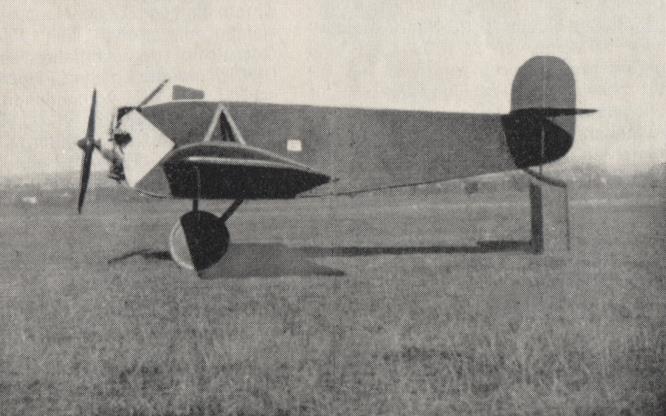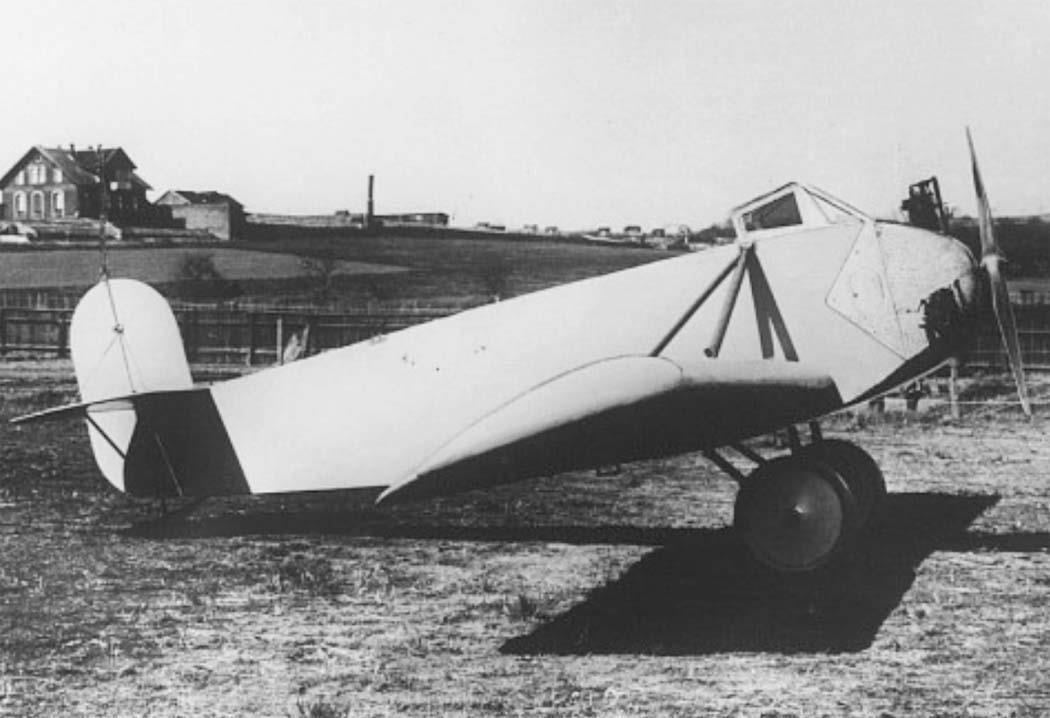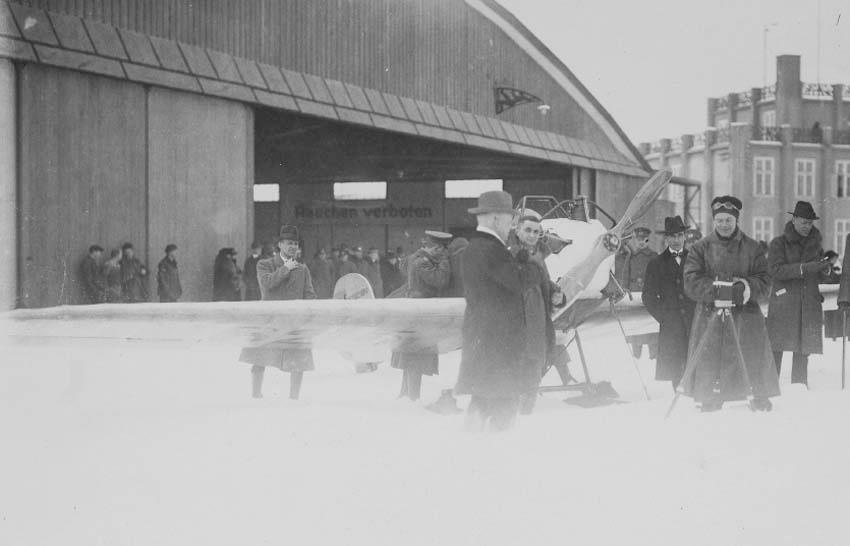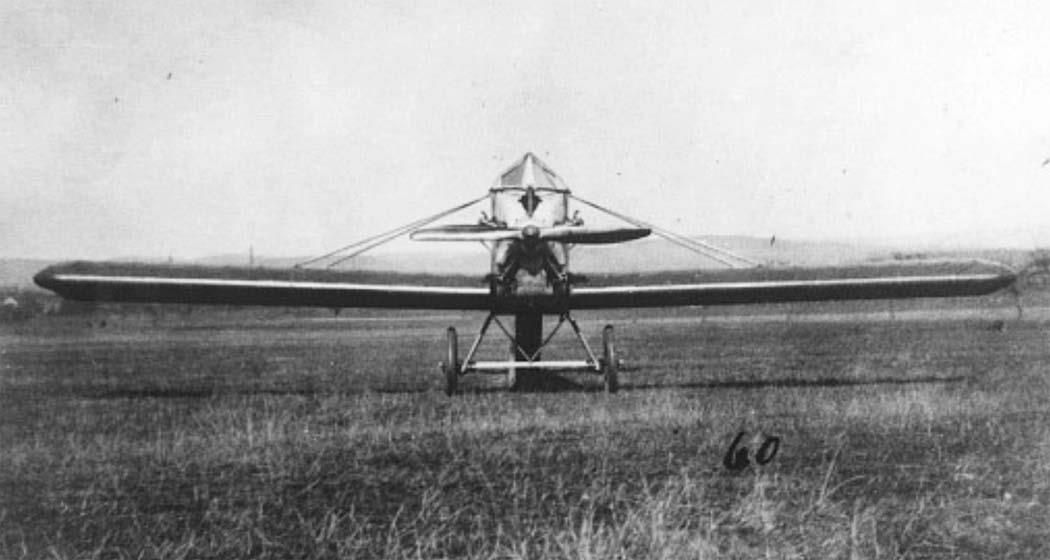| Type |
Two seat trainer |
| Engine |
1 Siemens Sh 4 |
| Dimensions |
Length 6.00 m, height 2.20 m, span 9.00 m, wing area 12.30 m2, aspect ratio 6.6 |
| Weights |
Empty 250 kg, fuel 45 kg, oil 3 kg, load 200 kg, flying weight 450 kg, wing loading 36.60 kg/m2 |
| Performance |
Max. speed 140 km/h, cruising speed 120 km/h, climb 2.10 m/sec, to 1000 m 8 min., service ceiling 3000 m, range 450 km. landing speed 60 km/h |
| Type |
Werk.Nr |
Registration |
History |
|
|
|
Only one built. Dietrich's attempts to create an inexpensive people's aircraft. The DP VI was a strutted low-wing aircraft with a 50 hp Siemens Sh-4 engine from 1924 |

DP VI/VII, a Ford of the air
With these models, Dietrich thought of an aircraft for the little man, a Volkswagen of the air. The DP Ila cost 16,500 Reichsmarks at the time.
The new people's aircraft, however, was to cost half that. The DP VI was a strutted low-wing aircraft of mixed construction, which, unlike the DP Ila, was not designed for aerobatics, but rather as a used aircraft with short take-off and landing distances, easy control, low landing speed and short run-out. The low-wing aircraft was equipped with an air-cooled 50 hp Siemens Sh 4 engine and called the DP VI. With a 35 hp Haacke with slightly smaller dimensions and lower weight, it was called the DP VII. The aircraft was intended for flight schools, club purposes, and for tasks for which the Piper J4 was used 10 and 15 years ago.
The dual controls in the student seat at the front could be switched off by the instructor at the back in the event of serious errors in control. The wings could be folded down for road transport. However, only one prototype was ever built and tested. The performance was not satisfactory.






